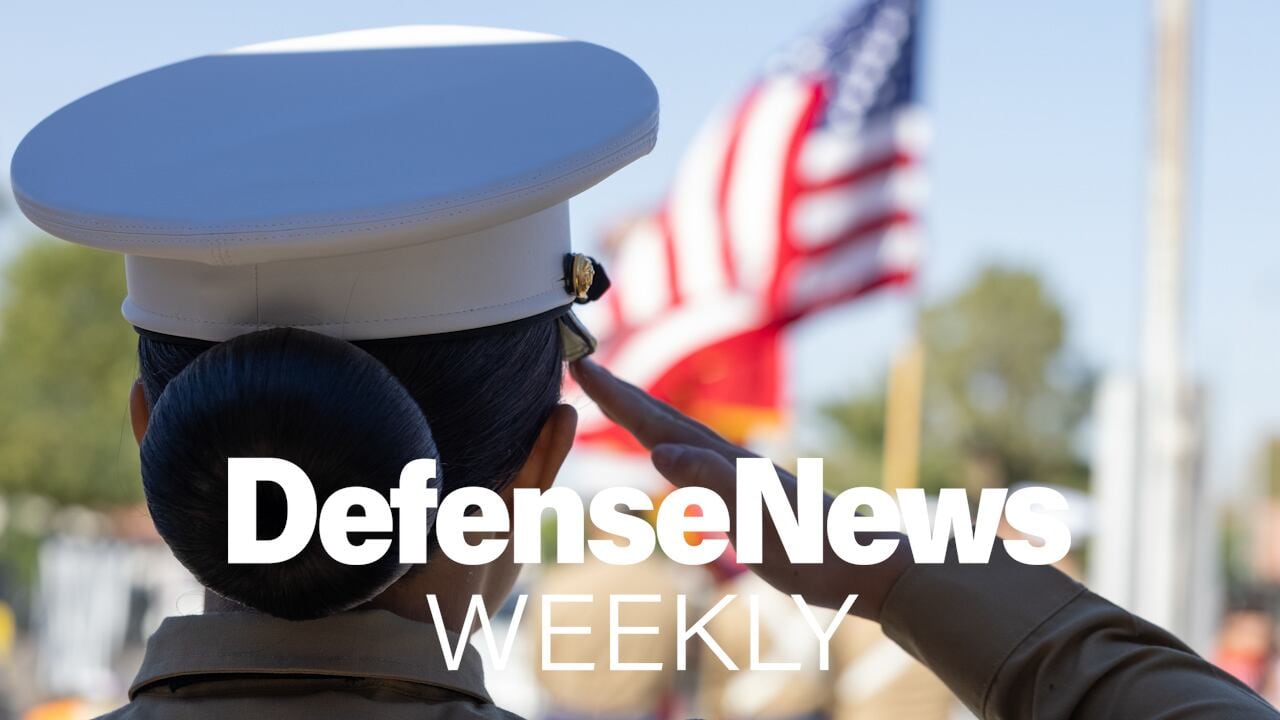Now that the secretary of the Navy has concluded the fire damage from the four-day fire is so extensive that the amphibious assault ship Bonhomme Richard cannot be repaired, what is next?
This is a sound decision. Just looking at public pictures, it is quite clear that damage is so extensive, repair is not sensible. There is likely much hidden damage. Detailed examination resulted in the same conclusion. This decision should not be reconsidered.
There are several studies in process trying to determine causes and lessons learned. These should make clear the ill-advised reasons for disabling the fire-suppression system. This ship was a warship designed to take weapons hits and survive the impact. A working fire-suppression system should have extinguished this fire upon inception. Why did it fail? Were adequate backup measures taken by the Navy and the contractor?
Second, the amount of combustible material supported four days of fire. How much of this was due to shipboard configuration, contractor supplies and Marine Corps mission equipment?
This ship had a major role in force planning. The chief of naval operations mentioned that ideas are being evaluated for replacement. That is the challenge.
Navy briefings stated that the Bonhomme Richard cost $750 million to build, or $1.2 billion in today’s dollars. However, the Navy said the ship design available to replace this ship with very similar performance is $4.1 billion.
Yes, over $4 billion.
This is another example of cost bloat allowed by the current acquisition system. Any replacement of this ship must start with zero-based performance and a ship budget that supports a cost related to the initial acquisition cost, adjusted for any F-35 fighter jet operations, costs, ship-hardening needs and combat communications requirements. That should be no more than $1.5 billion, or $300 million above basic ship cost in current dollars. Other cost increases should be considered on a case-by-case basis, much as the Ships Characteristics Board used to do.
Getting ship cost under control is a major task for the next administration. That must begin with this project if there is to be any hope of achieving the 355-ship Navy defined by law, and preliminary to any expansion above the current 355-ship law and dream.
Everett Pyatt is a former assistant secretary of U.S. Navy for shipbuilding and logistics.








